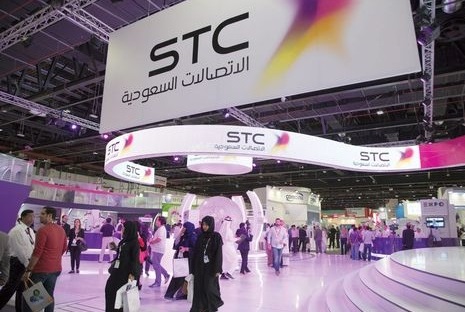 Every year, leading valuation and strategy consultancy Brand Finance values the brands of thousands of the world’s biggest companies. A brand’s strength is assessed (based on factors such as marketing investment, familiarity, preference, sustainability and margins) to determine what proportion of a business’s revenue is contributed by the brand. This is proportion is projected into perpetuity and discounted to determine the brand’s value. The Middle East’s 50 most valuable brands, classified by both their industry and their nation, are featured in the Brand Finance Middle East 50.
Every year, leading valuation and strategy consultancy Brand Finance values the brands of thousands of the world’s biggest companies. A brand’s strength is assessed (based on factors such as marketing investment, familiarity, preference, sustainability and margins) to determine what proportion of a business’s revenue is contributed by the brand. This is proportion is projected into perpetuity and discounted to determine the brand’s value. The Middle East’s 50 most valuable brands, classified by both their industry and their nation, are featured in the Brand Finance Middle East 50.
The Corporate Brand Battle
Emirates has been the most valuable brand in the Middle East ever since Brand Finance initiated its ranking in 2010 and the Dubai-based airline has been top of its industry at a global level for the last five years. However 2017 sees a dramatic shift.
Emirates’ brand value is down 21% to US$6.1 billion. This sees it lose its place at the top of its industry; three US brands (American, United and Delta) have overtaken it. Even more dramatically however, Emirates has lost its place as the Middle East’s most valuable brand to STC.
Brand Finance CEO David Haigh explains the difficult year faced by Emirates and many other GCC airlines, “Last year, Emirates’ half-year profits plunged 75%. The lower oil price has levelled the playing field for international rivals, leading to increased competition, driving down fares. The discount rate applied to all Gulf airlines has increased in tandem with this less favourable environment, reducing long term value. Finally, the strength of the dollar has increased operating costs and also had a negative FX impact on all non-US domiciled brands.”
STC grew 11% in value this year to US$6.2 billion. Brand Finance Middle East Managing Director Andrew Campbell comments, “The Riyadh-based giant demonstrates a departure from its once traditional approach; it is embarking down a path of ‘humanisation’, re-engaging its many stakeholders with a fresh, personable outlook. A clear indication of its success is the 5-point increase in its brand strength index score, proving that putting some heart into it pays off.”
It is useful to look not just at the values of a specific brand but also the combined values of all brands owned by a corporate organisation. On a portfolio basis, Etisalat comes out on top in the Middle East, US$1.5 billion ahead of STC. Its stable of brands includes not just its flagship, but also Mobily, Maroc Telecom, PTCL, Ufone and Moov.
The National Brand Battle
STC’s victory means Saudi Arabia can now lay claim to the region’s most valuable brand after years of the UAE taking the title. Saudi Arabia has been less successful in other respects however. It continues to have the most brands in the table, 18 to UAE’s 17, however this is down from 21 last year. It also continues to trail the UAE on total brand value, making up 32% of the total value of the top 50; the UAE constitutes 44%.
Qatar continues to solidify its position as the Middle East’s third most important brand building nation, further marginalising Kuwait, which used to hold that status. Kuwait’s 4 brands now account for 7% of total brand value, less than half the total of Qatar’s 8 brands.
Oman has just one brand in the list, with Omantel managing to improve its rank from 47th to 45th despite modest 5% brand value growth. 2017 sees a positive development for Jordan and Lebanon which have both re-entered the Brand Finance Middle East 50. Jordan’s Arab Bank just edges out Lebanon’s Bank Audi with a brand value of US$382 million to US$368 million. Bahrain is the only GCC nation not to feature. Ahli United bank, Bahrian’s most valuable brand has had a positive year, growing from US$252 million to US$296 million, however this has not been enough to reach the US$358 million threshold for 50th place.

